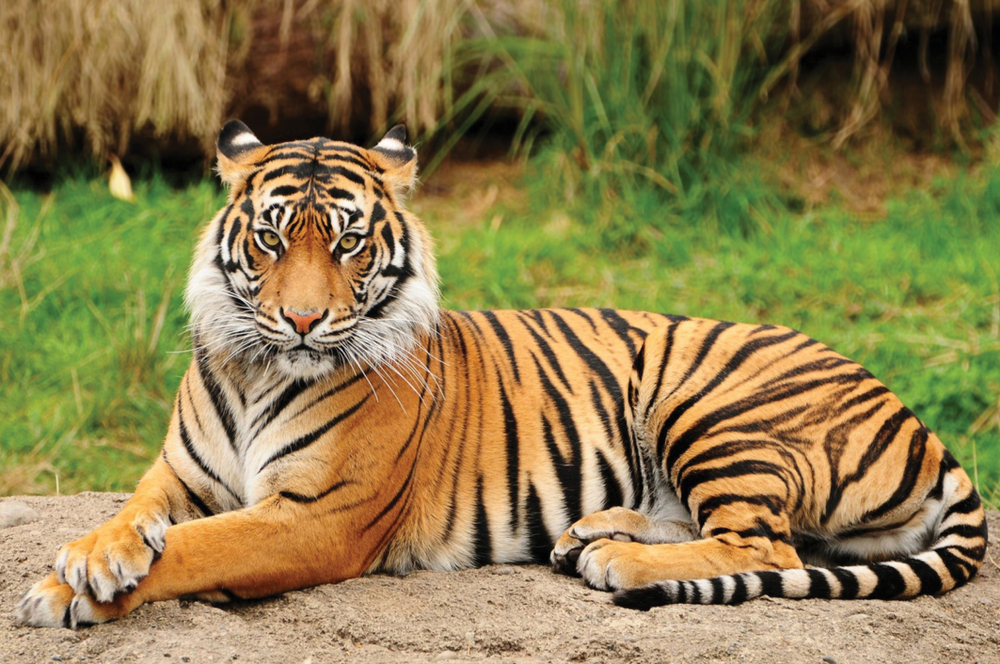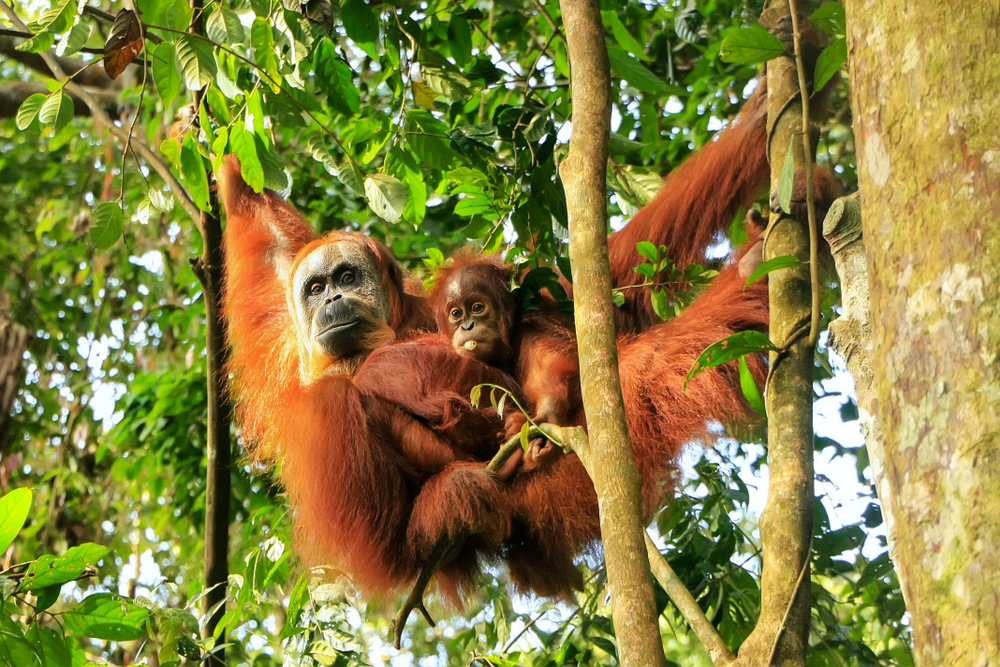These animals are a big threat for zookeepers!
Working at the zoo is a fascinating experience, but most people don’t know what it means to be a zookeeper. Yes, you will know a lot of things about many animals; you will also get the chance to stay around them but keep in mind that these animals are still part of the wildlife.
What does that mean? Well, as exciting as it might sound, this job can also be quite dangerous, and every year zookeepers get injured. But what animals are the culprits that cause the most accidents? If you’ve ever wondered, you are not alone, and after extensive research into zoo incident reports, we are here to reveal to you what animals stand out the most when it comes to zookeeper injuries.
This is not a fun subject, but we believe it is not getting enough attention. So, are you ready to discover more about this? Keep reading and find out what the most dangerous zoo animals are.

Big cats
Big cats like lions, tigers, leopards, and cheetahs tend to take the spotlight when we go to the zoo. We can totally understand this, and every zookeeper is aware of this. We can’t deny how majestic they are and how much we adore them for that, but it’s important to understand that they can be quite dangerous creatures.
These predators are inspiring and the main characters of many legends, but the raw power they possess is no joke. They are responsible for a significant portion of zookeeper injuries, accounting for 29% of reported cases, according to a comprehensive zoo safety study. Among these, tigers caused the most injuries.
What makes big cats so dangerous? Even if the answers might be right in front of you if you look at a picture of such a feline, we need to mention the potential dangers just to make things clear. Their strengths, combined with razor-sharp teeth and claws, make any interaction with them a huge risk.
Beyond their physical power, big cats possess a strong prey drive. Once they get a little stimulated by almost anything, be it hunger or boredom, they will start perceiving anything moving around as prey. This can also include the zookeeper taking care of them. Also, the territorial behavior is not helping with this at all.
Primates
These creatures are well known for their intelligence and social behavior, and as a result, this might make them seem more approachable. Some might consider them lovely animals; they can try to interact with them, but what would you say about this after you hear that they are the leading cause of zookeeper injuries?
A 2013 study published in the International Zoo Yearbook revealed that primates such as monkeys, apes, and lemurs were accountable for 34% of reported injuries to zookeepers from 1990 to 2011.
Chimpanzees were the most dangerous, responsible for 28% of all primate-related incidents, but baboons, macaques, and even the seemingly harmless lemurs also had victims.
But what makes primates so dangerous? First of all, we need to mention that they have innate aggressive tendencies. This is just how they are, and pair this up with their territorial instincts, and you get a recipe for disaster. They have sharp teeth and strong limbs, and they can harm a zookeeper without bothering too much.
But besides their physical power, what makes them even more dangerous is their remarkable intelligence. Primates are the masters of escaping enclosures, and they are very good at manipulating tools, which means they can use objects as weapons.
Zookeepers meet additional hazards while controlling monkeys during social conflicts. Primates continuously assert authority and fight for rank among their troops, which can lead to violent behavior. However, humans visiting their territory at these times may unwittingly become targets.
Elephants, rhinos, and bears
All of these are big animals that fascinate us because of their impressive size. Unfortunately, as beautiful and majestic as they are, large mammals like these pose significant risks to zookeepers. They are very powerful, and when such power is not controlled, it can lead to significant tragedies.
Most of the time these mammals attack when they feel threatened. They may charge if they feel provoked in any way, and as a result, they cause blunt force injuries or piercing wounds from their tusks, horns, or claws.
A tragic event like this happened in 2020 when an elephant crushed a zookeeper to death against a wall in Missouri. Also, in 2012, a black rhino in France broke free and caused severe injuries to a keeper. There are many more examples like these that show us very clearly that these mammals can be exceptionally dangerous when provoked.
Zookeepers have intensive training and stick to tight safety standards to avoid incidents, but the potential for harm remains. Working with such big creatures necessitates constant awareness, rapid decision-making, and an extensive understanding of animal behavior.
Chimpanzees attack the most
Chimpanzee attacks on humans, particularly zookeepers, are quite common, and all of this happens due to the strength and aggression potential this species has. Compared to a human, a male chimpanzee is up to six times stronger.
When chimpanzees feel threatened, their response can be incredibly brutal. Sharp teeth and powerful jaws can cause some damage. Even when it’s not deadly, the psychological impact of such injuries can be devastating.
Working with chimpanzees is not a breeze, and as a result, zookeepers should be incredibly careful and also well-trained. Best practices include maintaining secure enclosures, avoiding direct physical interaction, and recognizing signs of agitation in the animals.

Orangutans use their teeth as weapons
Most of the time these primates are perceived as gentle and solitary creatures, but when they are threatened or stressed, they can become aggressive. Their primary weapon is their sharp teeth. Orangutans deliver powerful bites that can easily harm or kill humans. The four large canines are used effectively in defense, territorial disputes, or when asserting dominance.
But besides the strong jaws, these primates have agile and powerful hands, which can be used to grab, scratch, or pull with significant force. So, hair-pulling, scratches, or bruises are pretty common when zookeepers get in close encounters with orangutans.
Juvenile and adult orangutans, in particular, may be unpredictable, especially when trapped, terrified, or overstimulated.
How to stay safe?
First and foremost, physical contact with primates should be limited as much as possible. This is safe for both humans and animals. The territorial nature of these animals can be dangerous, and staying as far away from them as possible is probably the safest approach.
Safe enclosures are a must when it comes to safety. Moats and glass walls keep huge animals separated from zookeepers when cleaning and feeding. Also, during training, birds of prey are frequently tethered and restrained, restricting their flying range.
As a conclusion, it is easy to see that statistics show us that primates are probably the most dangerous animals you can find in a zoo. They inflict the most injuries on zookeepers and keepers, and they need to be extra cautious when working with them.
If you want to read more about this, you can try this book: Dangerous Animals: The World’s Most Deadly Creatures
You should also read: The Best 8 Small Dogs for Seniors












